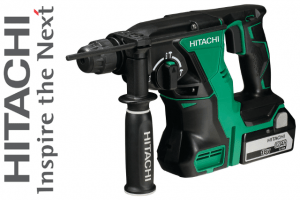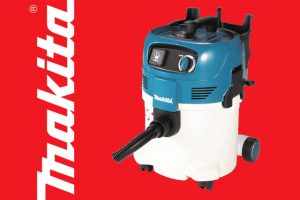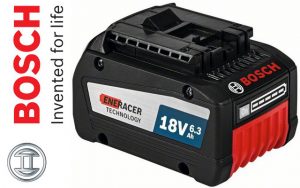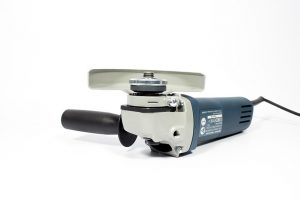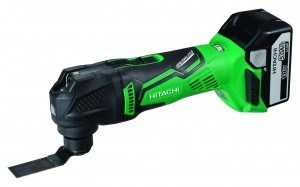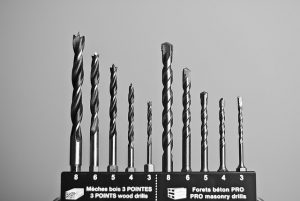Proper maintenance of your tools is essential. Doing so not only helps to extend their service life but makes it cheaper to run than buying one straight out of the box. Good quality tools can be quite an investment, but if you take good care of them, you might have them for quite a while. Keeping your tools properly stored, cleaned and maintained will save you time and money in the long run.
In this article, we will be talking about hand tools, power tools and garden tools, but some of the same advice can be used for other tools you might have. Store them well, keep them clean and well-maintained, and you won’t be sorry.
Storing you tools
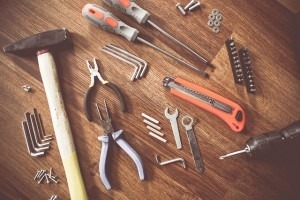 Toolboxes make for great tool storage, offering the primary advantage of portability. While some users opt to store their tools in toolboxes, for most, the toolbox is a way of carrying what you use most and leaving the bulk safely stored on pegboards, shelves, or drawers.
Toolboxes make for great tool storage, offering the primary advantage of portability. While some users opt to store their tools in toolboxes, for most, the toolbox is a way of carrying what you use most and leaving the bulk safely stored on pegboards, shelves, or drawers.
Rust is the absolute worst enemy to tools. To avoid it when storing your tools:
- Keep your tools in a dry place. Yes, we mean dry. Your garage, basement or other enclosed spaces might have humidity issues, especially if they are not heater or air-conditioned. If you keep your tools in such a place, especially out in the open, you might want to consider investing in a dehumidifier to keep the dampness down. They’re not incredibly expensive, considering your investment in your tools. Besides, most humidifiers let you set a humidity level to maintain, so it only turns on when it exceeds that level.
- Hang your garden tools. Even if you keep your garden tools in your garage or shed, hang them up so they don’t rest on the floor. Moisture can easily get in touch with your tools if they’re on the ground or concrete.
- Store your power tools in their original cases. Unless you have a climate-controlled workshop or storage area, your best and safest bet would be to store your power tools in the hard plastic cases they usually come with. They aren’t just better protected from humidity, but in general too.
- Use silica gel packs or rust collector. These silica gel packs come in lots of packaging and they are great at keeping moisture at bay. Place them in drawers or toolboxes and they can help to keep your tools from rusting away. You can also buy rust inhibitors for the same purpose and even anti-rust liners for drawers and shelves.
Clean your tools after every use
Cleaning your tools may be the last thing you want to do after a hard day of work, but it’s essential for keeping your tools in good shape. Normally, it would take you a few seconds up to a minute to clean a tool unless you’ve got something really bad on it. It’s well worth the time spend cleaning up a little to save time repairing a tool or replacing it due to negligence.
Cleaning your tools is easier when you are prepare for it
- Hand tools: Most hand tools can be cleaned by simply wiping them down with a rag. If they seem a bit dirty, don’t be afraid to use some soap and water. Just dry them well afterwards. Apply a light coat of WD-40 and wipe with a clean rag in order to prevent rust. Wipe wooden handles with a rag dampened with a little linseed oil.
- Garden tools: You can basically use the same method you used for hand tools. Wash them if needed, dry, and oil them. Some people tend to use a bucket with sand, mixed with a bit of oil. You just stab the sand-mixture a few times to oil and clean your garden tools at the same time. Stick with linseed oil, as other oil will harm your plants and soil. Make sure you also rub down wooden handles with a bit of linseed oil.
- Power tools: You’ll find these are a little more complicated to clean. First, make sure the tool is unplugged before you clean it. Next, you can get the dust off with an air compressor or a dust rag. Wipe down the surface of the tool and then lubricate any moving parts. Machine oil is a fine choice, but check your manual for better recommendations.
While you’re busy, don’t forget your toolboxes, belts, and bags will need some love as well. Clean out your toolboxes every once in a while by emptying them and wiping them down. If you have leather belts and bags, you’d be better of using leather cleaner and some conditioner. Any bags and belts made out of other materials can simply use a quick was.
Inspect your tools before each use
 Let’s assume you use your tools in a safe and responsible manner. You follow all the safety procedures for your power tools. Taking time to inspect your tools every time you use them is one of the most important things you can do to ensure not only your safety while using them, but the longevity of your tools as well.
Let’s assume you use your tools in a safe and responsible manner. You follow all the safety procedures for your power tools. Taking time to inspect your tools every time you use them is one of the most important things you can do to ensure not only your safety while using them, but the longevity of your tools as well.
Let’s look at the following:
- Loose, cracked, or splintered handles. If a wooden handle is damaged, it can easily break during use, causing injury to you or others. If a handle is not splintered too badly, you may be able to sand it down just fine. If your handle is really rough, sand against the grain and then with the grain until it’s smooth enough so that you don’t feel any chips or splinters. Finish off with a coating of linseed oil. If you don’t have a wooden handle and it’s in bad shape, you’d be better off replacing it.
- Mushroomed heads on tools. A mushroomed head forms on a striking edge of a tool when it got malformed through use. If you use a tool like this, the head can shatter on impact. Fortunately, you can avoid and solve this problem by keeping your tools sharpened. Sharpen them whenever you notice a problem, but every few months or out of habit is good too.
- Corrosion and rust. Your tool may be safe or unsafe to use depending on how extensive it is. Try removing the rust yourself with a few products on the market, otherwise you need to replace it.
- Cracked housing on power tools. If a power tool has anything more than a simple hairline crack on the housing, don’t use it. You’re better of avoiding it until it’s fixed. You have two options; repair it if you know how to or get a pro to do it for you.
- Power tools that don’t start easily. If you need a few tries or you have to move a part in order to get your power tool working, don’t use it. Take the time to clean and lubricate it and if your problem isn’t over, get it repaired. Small fixes like replacing a belt on a sander is easy but if you don’t know how to repair it, contact a professional.
- Frayed insulation or exposed wires. This poses a huge risk for electrocution. While some electrical tape might take care of a small problem temporarily, it would be best to have your tool repaired before using it.
Taking care of your tools does require a bit of commitment, but you use them so much that a few minutes is a very small price to to pay. Besides, a well-cared-for tool lasts a very long time.


